Unfounded fears about nuclear technology may be undercutting the fight against climate change.
Nuclear power could be a big help in the fight against climate change. Learn why more environmentalists are starting to endorse it.
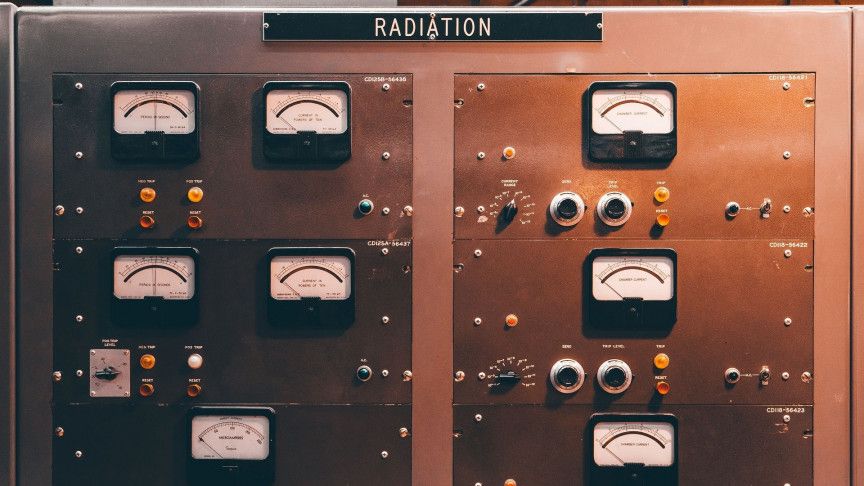

COVID-21 is the product of all these changes in aggregate. It’s the disease as it will be experienced in the months and years to come: with new variants of the virus, new public policies and health behaviors, various degrees of immune memory, and—most important—a cavalcade of new vaccines.
One-quarter of all Americans have now received at least one shot, and that number is racing up. This month, New Yorkers lined up outside Yankee Stadium throughout the night at a makeshift 24/7 vaccination site, until the supply ran out. “If we open 3000 appointments, they will immediately fill,” says Ramon Tallaj, a physician who oversees clinical care in underserved communities across New York City. Demand seems to be growing. If there were sufficient supply, Tallaj told me, his team could be giving out 40000 doses every day. And this should happen soon; the White House says that shortages will end in the coming weeks.
The vaccination effort is sure to change the nature of COVID in unexpected ways. The habitat for the virus is changing: It may still stick in the nasal passages of an immunized person, but it shouldn’t continue on its way into the lungs, much less the toes. The key question is just how long this protection will last, especially against a rapidly mutating virus. Clinical trials have shown the vaccines to be fantastic at preventing serious illness so far, but haven’t yet been able to observe how protection might dissipate over long periods.

And unexpectedly, Covid-19 has proved to be the catalyst. “What the pandemic has done is accelerate the adoption of genomics into infectious disease by several years,” says deSouza, the Illumina chief executive. He also told me he believes that the pandemic has accelerated the adoption of genomics into society more broadly — suggesting that quietly, in the midst of chaos and a global catastrophe, the age of cheap, rapid sequencing has arrived.
Ultrafast and ultracheap sequencing could reshape the future of health care.
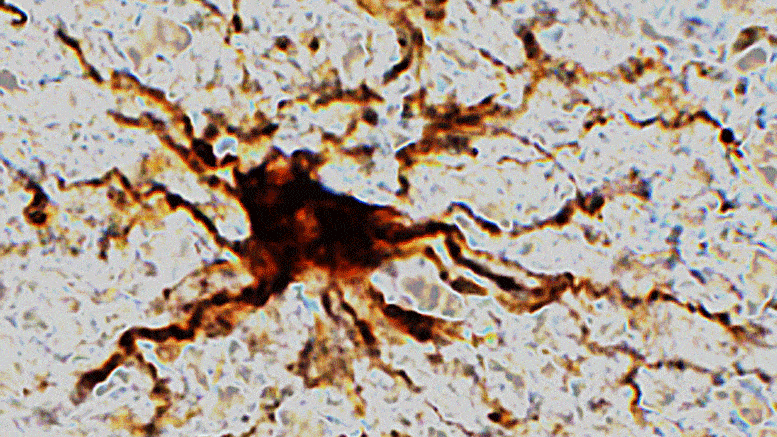
Post-mortem changes may shed light on important brain studies.
In the hours after we die, certain cells in the human brain are still active. Some cells even increase their activity and grow to gargantuan proportions, according to new research from the University of Illinois Chicago.
In a newly published study in the journal Scientific Reports, the UIC researchers analyzed gene expression in fresh brain tissue — which was collected during routine brain surgery — at multiple times after removal to simulate the post-mortem interval and death. They found that gene expression in some cells actually increased after death.

“The Office of Racial Equity at the San Francisco Human Rights Commission will handle the program and artists from ”historically marginalized communities” are encouraged to apply.
Other basic income programs under development in San Francisco include funds for emergency medical technicians and Black and Pacific Islander expectant mothers, FOX 2 reported.
You could call it art for art’s sake — plus $1000 a month.
San Francisco plans to start paying 130 local artists $1000 a month starting in May through the fall in a pilot program announced on Thursday.
It follows other so-called ”universal basic income” efforts being launched in California amid the coronavirus pandemic.
Reinforcement learning (RL) is a powerful type of AI technology that can learn strategies to optimally control large, complex systems.
MIT Haystack Observatory is one of the 13 stakeholder institutions that constitute the Event Horizon Telescope (EHT) collaboration, which produced the first-ever image of a black hole. The EHT revealed today a new view of the massive object at the center of the M87 galaxy: how it looks in polarized light. This is the first time astronomers have been able to measure polarization, a signature of magnetic fields, this close to the edge of a black hole. The observations are key to explaining how the M87 galaxy, located 55 million light-years away, is able to launch energetic jets from its core.
Haystack Research Scientist Vincent Fish says “Hundreds of people around the world in the EHT collaboration, including scientists and engineers at Haystack, have worked very hard to investigate the role of magnetic fields in shaping jets around black holes. Can magnetic fields build up and dominate over the intense pull of gravity? Our data provide an answer.”
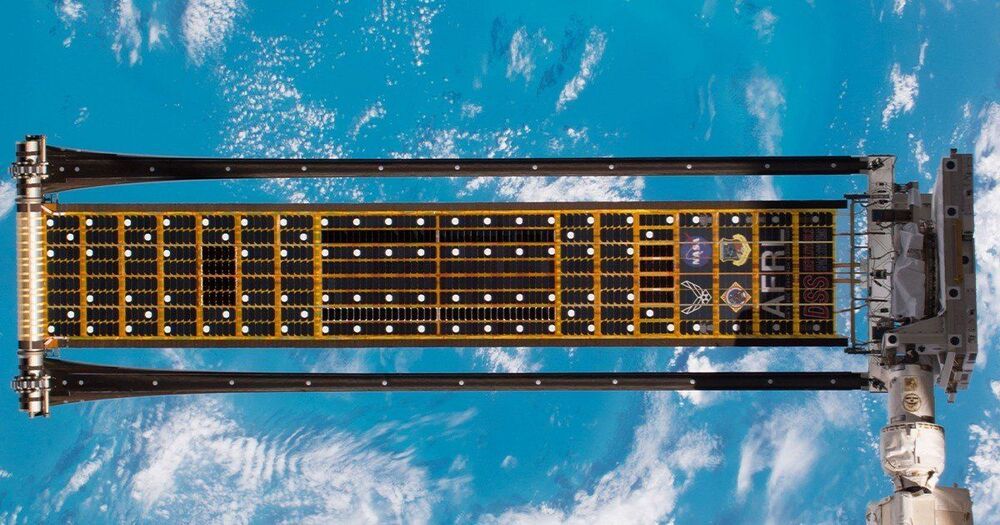
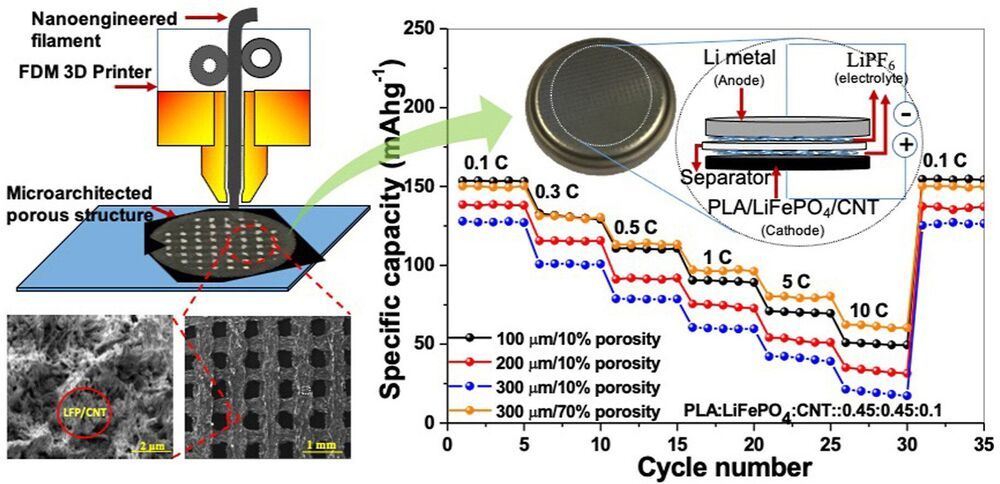
A new type of 3D-printed battery which uses electrodes made from vegetable starch and carbon nanotubes could provide mobile devices with a more environmentally-friendly, higher-capacity source of power.
A team of engineers led from the University of Glasgow have developed the battery in a bid to make more sustainable lithium-ion batteries capable of storing and delivering power more efficiently. The battery’s design and fabrication is outlined in a paper published in the Journal of Power Sources.
Lithium-ion batteries provide a useful combination of lightweight, compact form factors and the ability to withstand many cycles of charging and discharging. That has made them ideally suited for use in a wide array of devices, including laptops, mobile phones, smart watches, and electric vehicles.
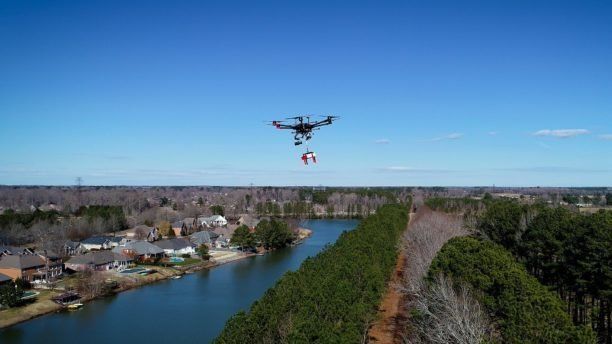
We wrote about DroneUp’s drone delivery of Coke with Coffee to residents in Coffee, GA – but how exactly did that delivery work? The A2Z Rapid Delivery System allowed packages to be delivered without landing the drone – a method that solves a lot of problems in drone delivery.
CA-based A2Z Drone Delivery, LLC, has developed a patented tethered freefall drone delivery mechanism, the Rapid Delivery System (RDS1) used by DroneUp® for the project with Walmart and Coke. The RDS1 system lowers the delivery to the ground by tether – which means that homeowners don’t have to worry about a noisy landing or the potential for a landing drone to hit obstacles on its way down. “The RDS1 was chosen for its rapid delivery capabilities which reduced time-on-station to just 30 seconds per delivery, while minimizing intrusive rotor noise and limiting the window for risk to people on the ground,” says an A2Z press release.
“For our partners at DroneUp to put their trust in our system was the best proof of concept that we could imagine and was a memorable benchmark for our whole team,” said Aaron Zhang, founder of A2Z Drone Delivery, LLC. “The unique capabilities of the RDS1 were tailor-made for this type of residential delivery where our tethered freefall mechanism can accurately and quickly deposit payloads while hovering far from people, homes, trees and utility wires.”